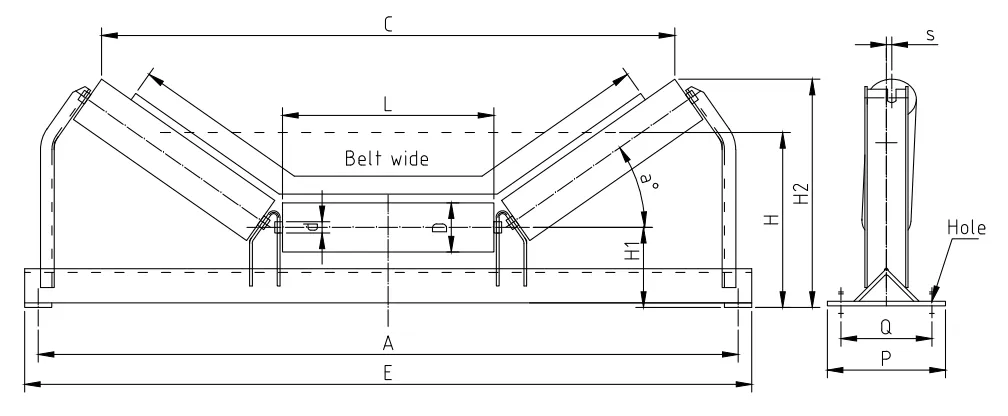 Afrikaans
Afrikaans  Albanian
Albanian  Amharic
Amharic  Arabic
Arabic  Armenian
Armenian  Azerbaijani
Azerbaijani  Basque
Basque  Belarusian
Belarusian  Bengali
Bengali  Bosnian
Bosnian  Bulgarian
Bulgarian  Catalan
Catalan  Cebuano
Cebuano  Corsican
Corsican  Croatian
Croatian  Czech
Czech  Danish
Danish  Dutch
Dutch  English
English  Esperanto
Esperanto  Estonian
Estonian  Finnish
Finnish  French
French  Frisian
Frisian  Galician
Galician  Georgian
Georgian  German
German  Greek
Greek  Gujarati
Gujarati  Haitian Creole
Haitian Creole  hausa
hausa  hawaiian
hawaiian  Hebrew
Hebrew  Hindi
Hindi  Miao
Miao  Hungarian
Hungarian  Icelandic
Icelandic  igbo
igbo  Indonesian
Indonesian  irish
irish  Italian
Italian  Japanese
Japanese  Javanese
Javanese  Kannada
Kannada  kazakh
kazakh  Khmer
Khmer  Rwandese
Rwandese  Korean
Korean  Kurdish
Kurdish  Kyrgyz
Kyrgyz  Lao
Lao  Latin
Latin  Latvian
Latvian  Lithuanian
Lithuanian  Luxembourgish
Luxembourgish  Macedonian
Macedonian  Malgashi
Malgashi  Malay
Malay  Malayalam
Malayalam  Maltese
Maltese  Maori
Maori  Marathi
Marathi  Mongolian
Mongolian  Myanmar
Myanmar  Nepali
Nepali  Norwegian
Norwegian  Norwegian
Norwegian  Occitan
Occitan  Pashto
Pashto  Persian
Persian  Polish
Polish  Portuguese
Portuguese  Punjabi
Punjabi  Romanian
Romanian  Russian
Russian  Samoan
Samoan  Scottish Gaelic
Scottish Gaelic  Serbian
Serbian  Sesotho
Sesotho  Shona
Shona  Sindhi
Sindhi  Sinhala
Sinhala  Slovak
Slovak  Slovenian
Slovenian  Somali
Somali  Spanish
Spanish  Sundanese
Sundanese  Swahili
Swahili  Swedish
Swedish  Tagalog
Tagalog  Tajik
Tajik  Tamil
Tamil  Tatar
Tatar  Telugu
Telugu  Thai
Thai  Turkish
Turkish  Turkmen
Turkmen  Ukrainian
Ukrainian  Urdu
Urdu  Uighur
Uighur  Uzbek
Uzbek  Vietnamese
Vietnamese  Welsh
Welsh  Bantu
Bantu  Yiddish
Yiddish  Yoruba
Yoruba  Zulu
Zulu pulley in conveyor belt
The Role of Pulley Systems in Conveyor Belts
Conveyor belts are an essential component in various industries, facilitating the efficient movement of materials from one point to another. Integral to the effective operation of these systems are pulleys, which play a crucial role in the transportation process. This article delves into the functions, types, and importance of pulleys in conveyor belts, highlighting why they are paramount in enhancing productivity.
Understanding Pulleys
A pulley is a wheel on an axle or shaft designed to support movement and change the direction of force using a belt, cable, or rope. In the context of conveyor belts, pulleys are typically situated at both ends of the belt system, contributing to its ability to move materials seamlessly. By converting the rotational motion of a motor into linear motion, pulleys assist in the transport of goods in warehouses, mining operations, and manufacturing plants.
Types of Pulleys
Conveyor systems utilize various types of pulleys, each serving specific purposes
1. Drive Pulleys These are powered by a motor and are responsible for pushing the conveyor belt forward. Drive pulleys are critical in initiating the belt movement, thereby controlling the speed and efficiency of the transportation system.
2. Idler Pulleys Positioned along the length of the conveyor belt, idler pulleys support the belt and help maintain its tension. By eliminating slack and ensuring a smooth surface, idler pulleys contribute to the stability and longevity of the belt.
3. Tail Pulleys Located at the end of the conveyor system, tail pulleys redirect the returning portion of the belt. They play a significant role in the overall design of the conveyor system, ensuring that the belt returns smoothly to the drive pulley.
pulley in conveyor belt

4. Snub Pulleys These are used to increase the wrap angle of the belt on the drive pulley, which enhances friction and improves the transfer of power from the drive pulley to the belt.
Importance of Pulleys in Conveyor Systems
The significance of pulleys in conveyor belt systems cannot be overstated. Here are a few key reasons
- Efficiency Pulleys streamline the movement of materials, significantly reducing manual labor and time spent on material handling. Their design allows for smooth transitions, minimizing disruptions that could arise from abrupt changes in direction or speed.
- Cost-effectiveness By optimizing the movement of goods, pulleys contribute to lower operational costs. Efficient material handling reduces labor costs and minimizes equipment wear and tear, extending the lifespan of the conveyor system.
- Flexibility Different types of pulleys allow for customized conveyor belt systems tailored to specific industry requirements. Whether for inclining, declining, or horizontal movement, pulleys can be configured to maximize the effectiveness of the transport system.
- Safety Properly designed pulley systems enhance the safety of conveyor operations. By preventing belt slippage and ensuring consistent tension, they minimize the risk of accidents and equipment failure.
Conclusion
Pulleys are vital components of conveyor belt systems, contributing to their efficiency, flexibility, and safety. Understanding the different types of pulleys and their respective roles helps industries optimize their material handling processes. As technology continues to evolve, so too will the designs and applications of pulleys, reinforcing their critical role in the future of conveyor systems and automated material handling solutions. As businesses seek to enhance productivity, the integration of advanced pulley systems will likely remain at the forefront of industrial innovation.
-
Revolutionizing Conveyor Reliability with Advanced Rubber Lagging PulleysNewsJul.22,2025
-
Powering Precision and Durability with Expert Manufacturers of Conveyor ComponentsNewsJul.22,2025
-
Optimizing Conveyor Systems with Advanced Conveyor AccessoriesNewsJul.22,2025
-
Maximize Conveyor Efficiency with Quality Conveyor Idler PulleysNewsJul.22,2025
-
Future-Proof Your Conveyor System with High-Performance Polyurethane RollerNewsJul.22,2025
-
Driving Efficiency Forward with Quality Idlers and RollersNewsJul.22,2025





























